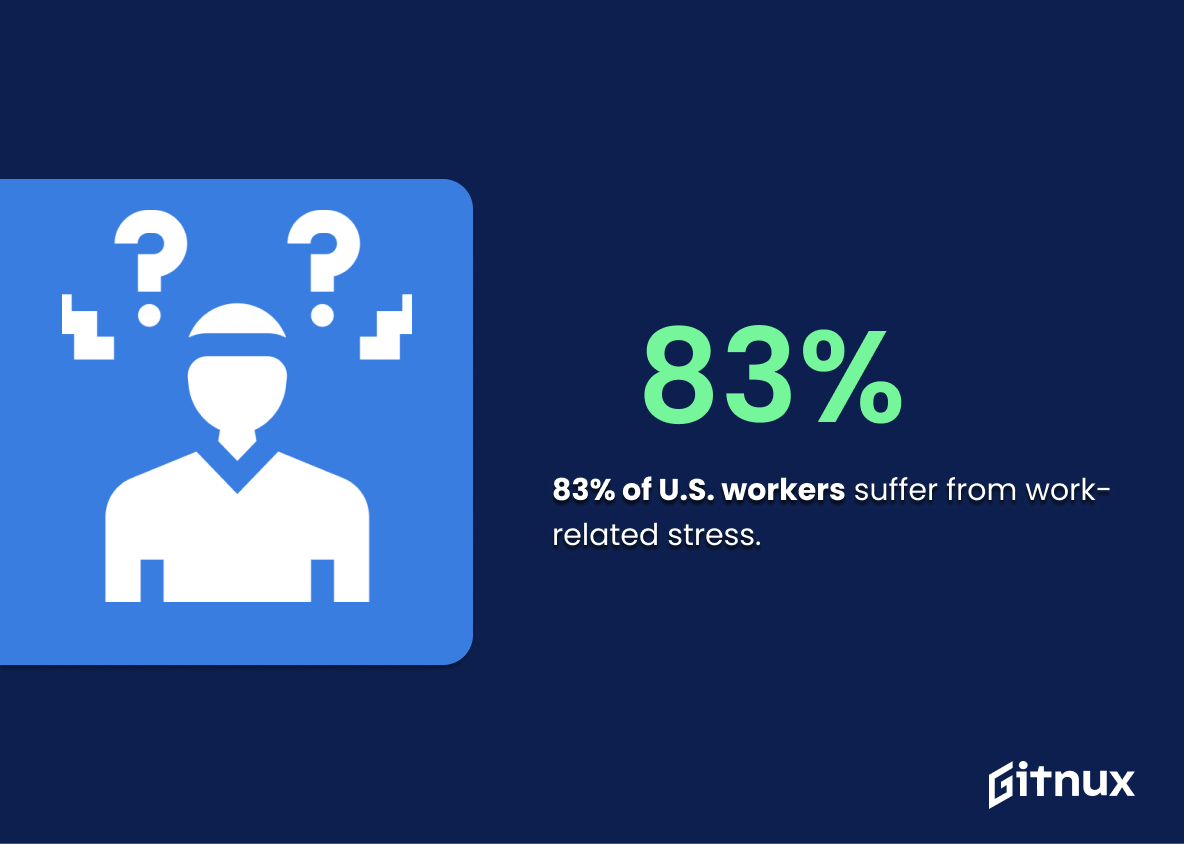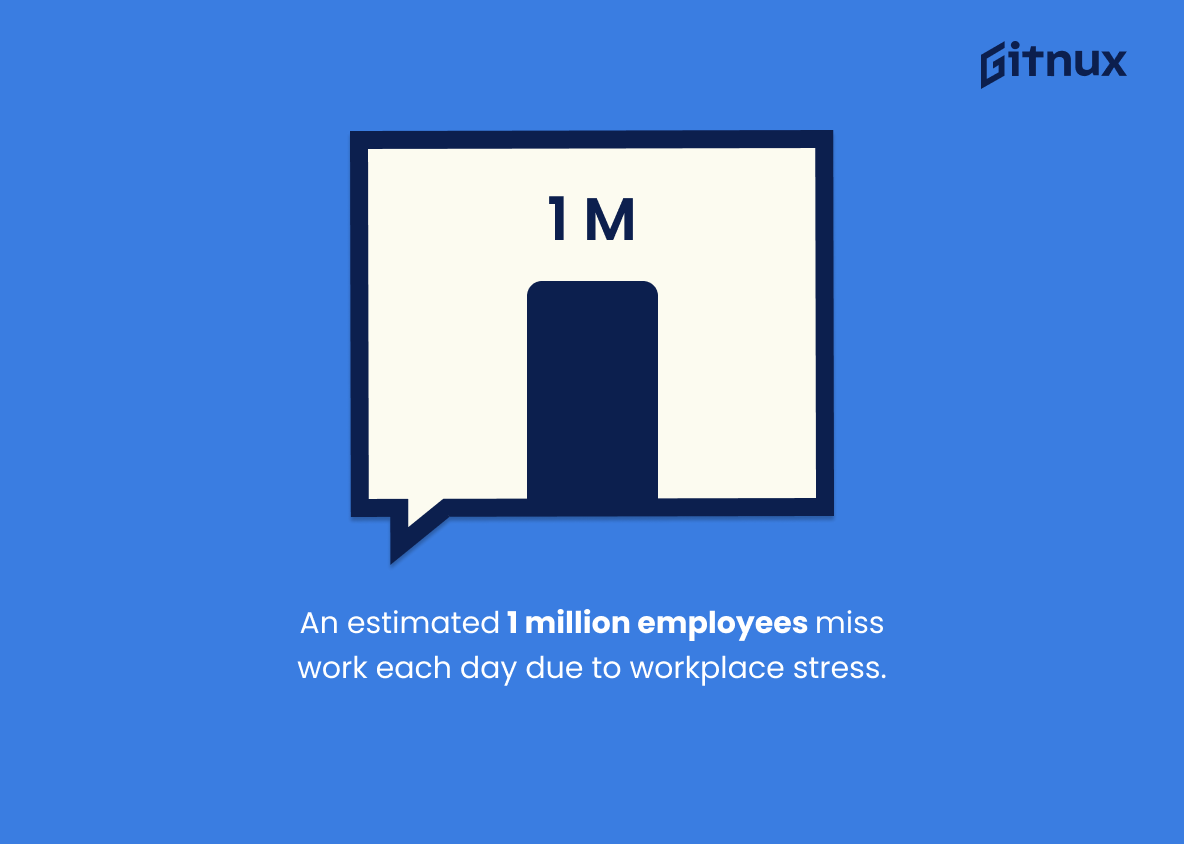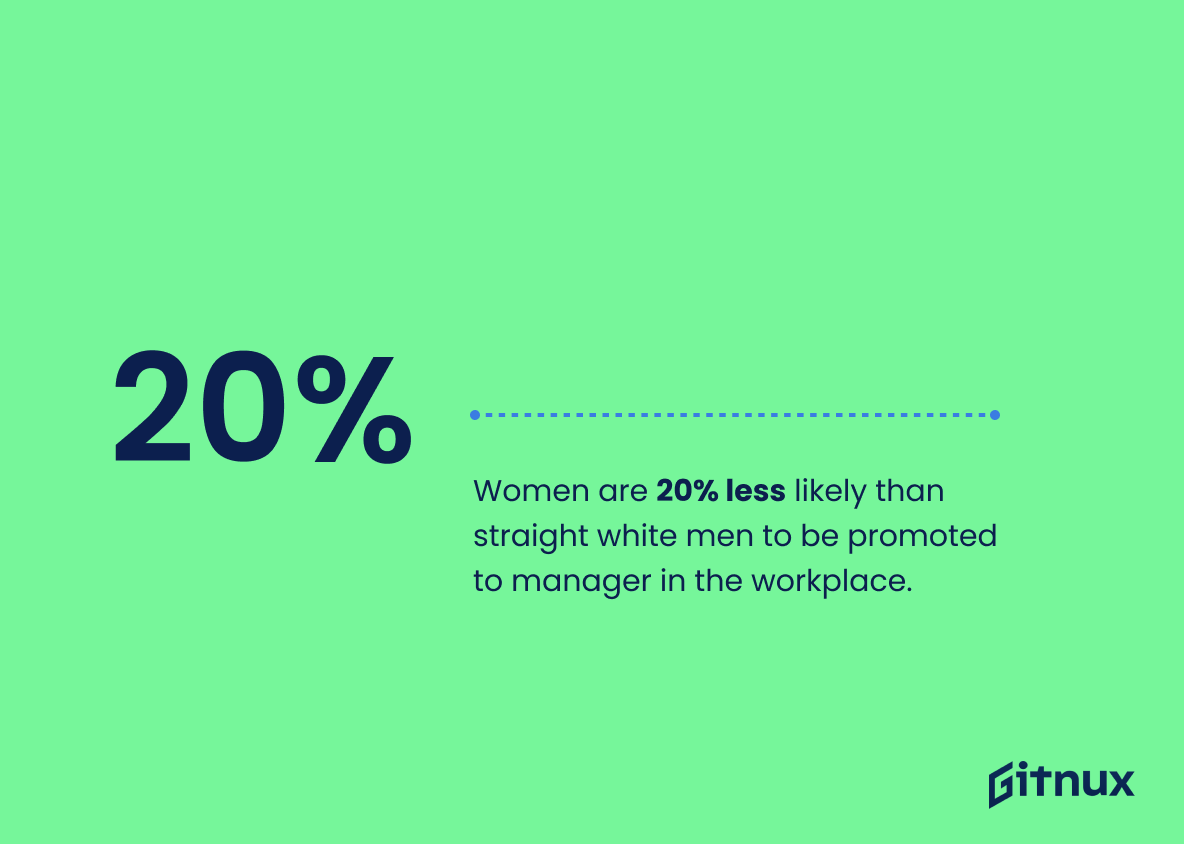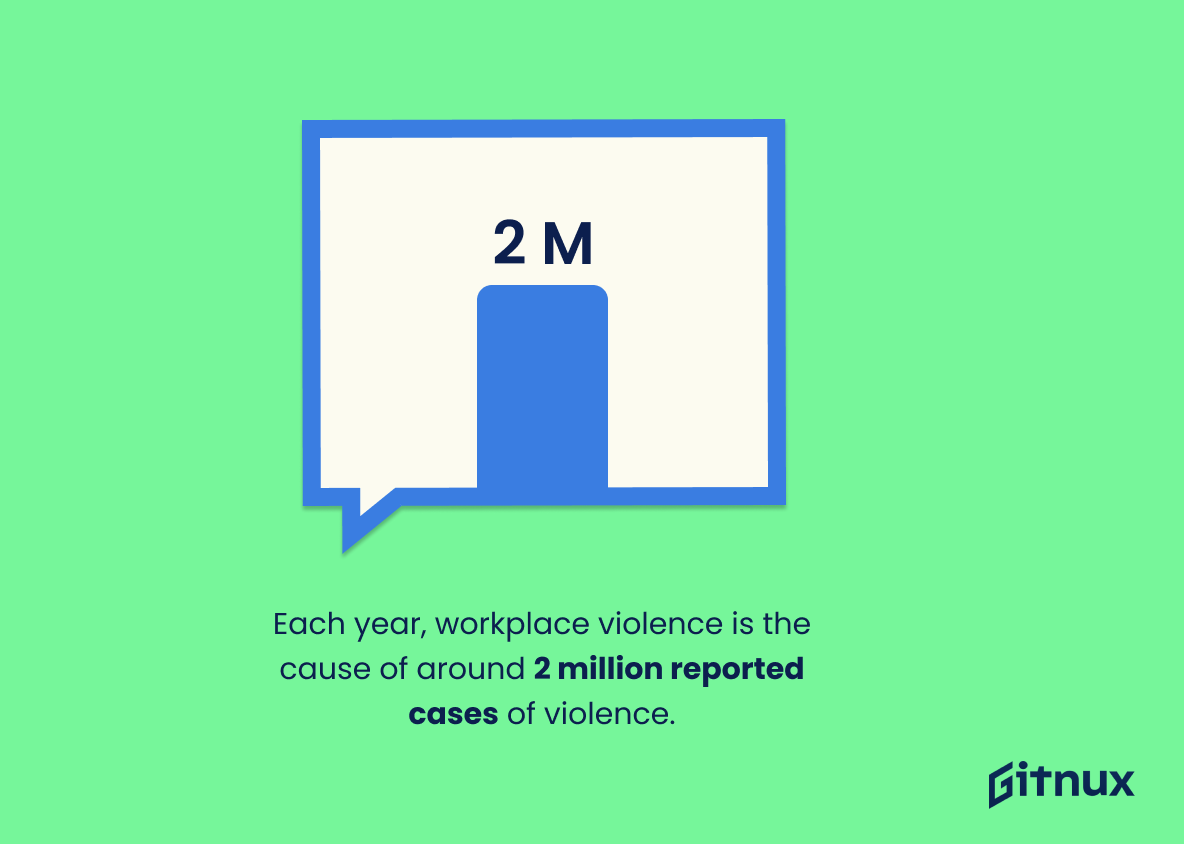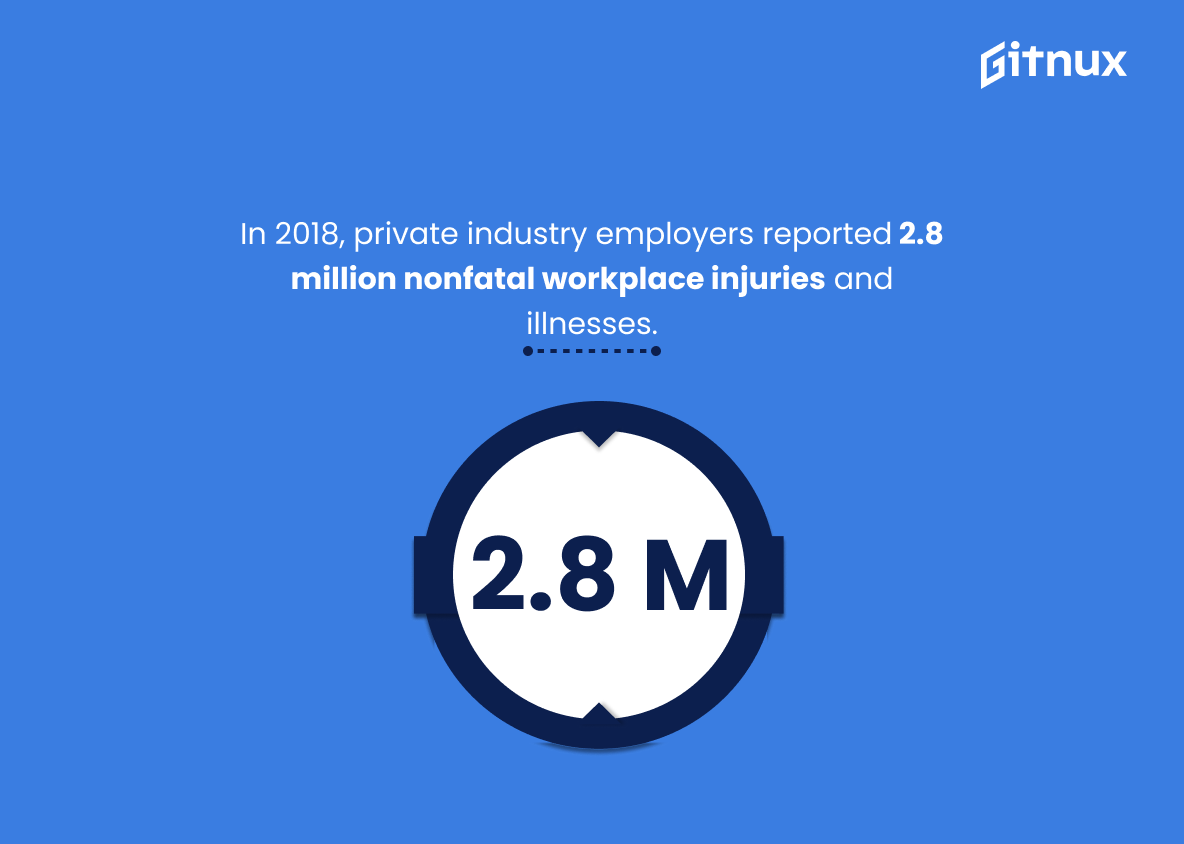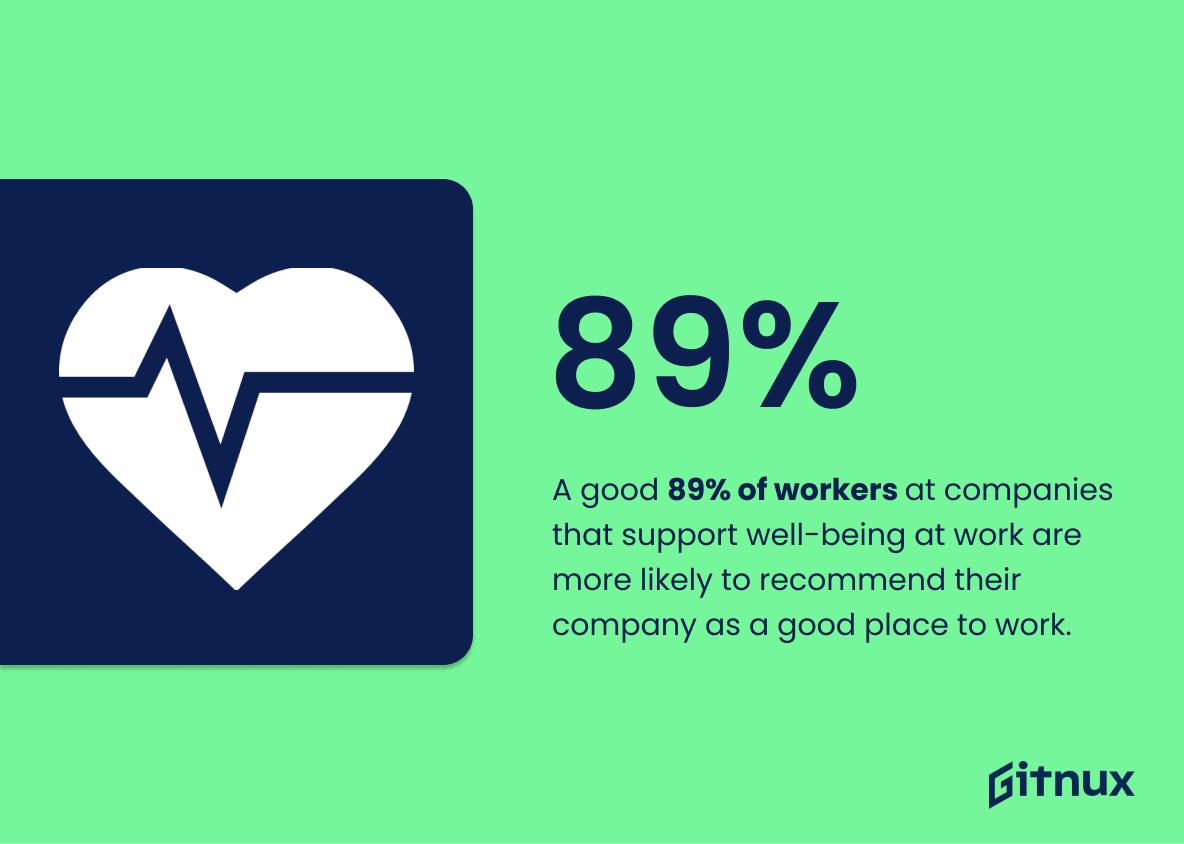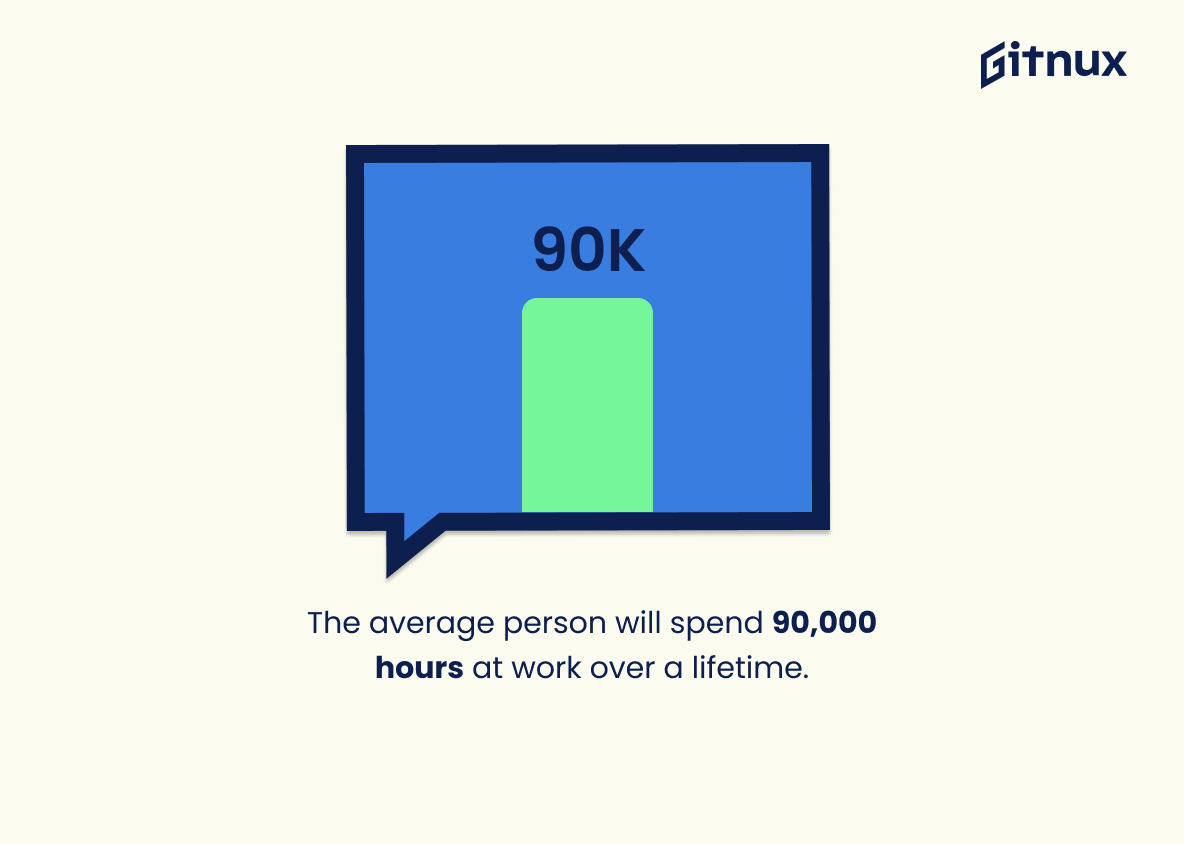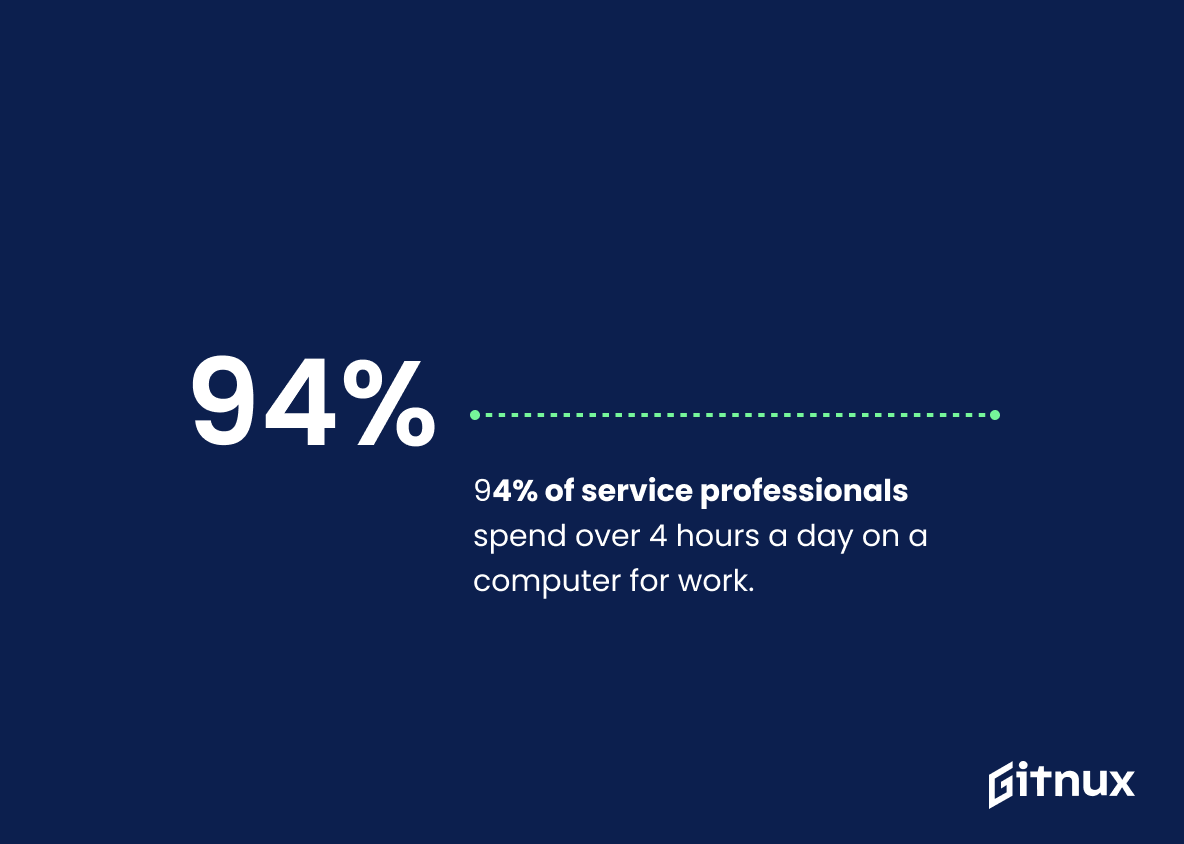In today’s fast-paced corporate world, understanding workplace statistics is essential to keep pace with dynamic employment trends, adapt to evolving work environments and facilitate productive engagement strategies. Reflecting a broad mosaic of employee satisfaction levels, demographic distribution, productivity metrics, and more, workplace statistics give us insights into current realities and future possibilities of the professional world. So, whether you’re an employer seeking innovative ways to boost team performance, or an employee looking to navigate the twists and turns of your career path, our deep dive into the world of workplace statistics will unquestionably offer valuable takeaways. Buckle up, and let’s plunge into the numbers game that shapes and shakes our work life.
The Latest Workplace Statistics Unveiled
83% of U.S. workers suffer from work-related stress.
Painting an alarming picture of the American workplace landscape, the statistic reveals that a whopping 83% of U.S. workers grapple with work-related stress. Integrated with the theme of workplace statistics in the blog, this figure places a high-intensity spotlight on the magnitude of stress-related issues infiltrating work cultures across the country. It prompts readers to confront an undeniably grave issue affecting a wide breadth of workers. Moreover, it underscores the pressing need for innovative stress management strategies, systemic changes in work cultures, and perhaps a seismic shift in the way we perceive work-life balance. A statistic of this scale plays a crucial role in effectively conveying how pervasive the issue is while inspiring dialogues, policies, and programs aimed at reducing work-related stress – ultimately shaping healthier work environments.
An estimated 1 million employees miss work each day due to workplace stress.
Diving into the depths of workplace statistics, let’s consider the chilling wave of absenteeism cresting to a staggering estimate of 1 million employees vanishing from their responsibilities each day. This wave is not churned by sickness or social responsibilities, but by the tempest of workplace stress. This statistic, striking and stark, underscores the importance of employers addressing workplace stress and fostering a conducive environment that nurtures productivity. The ghost of these missing employees presides over economic losses, understaffed projects, and ultimately, a turbulent, unsettling work culture. Hence, facing this statistic full-on forms an essential cornerstone in understanding the panorama of workplace dynamics and strategizing improvement measures.
Women are 20% less likely than straight white men to be promoted to manager in the workplace.
Delving into the heart of the issue, this statistic effectively shines a spotlight on the undercurrents of workplace inequality. Analyzing this, we discern a translucent barrier hindering equally improving career progression for women when compared to straight white men. This quantitative truth not only jolts us out of complacency, but also sparks conversations and actions around diversity, inclusion, and equal opportunities. A statistic like this in a blog post about Workplace Statistics acts as an ignition key, powering the engine of discussion on profound systemic change for more balanced leadership roles in organizations.
46% of individuals cite their workload as the leading cause of stress at work.
Peering into this statistic like a soothsayer into her crystal ball, we decode a potent truth about the modern workplace. The striking 46% of individuals pointing fingers at workload as their main stress trigger, unearths deep-rooted concerns about possible overbearing tasks in workplaces. When woven into a blog post about Workplace Statistics, this unveiling sheds luminous insights into not just work stress, but indirectly, productivity, employee retention, and overall organizational health. It becomes a rallying point for leaders and human resources professionals to assess and recalibrate work demand and distribution, thus forming a crucial fulcrum of such a discussion.
Before the coronavirus pandemic, 83% of businesses had not offered full-time remote work to employees.
In the grand theater of workplace statistics, the reveal that 83% of businesses had not provided full-time remote work prior to the coronavirus pandemic plays a pivotal role. Existing as a testament to the traditional office culture widespread before the public health crisis, this figure provides a stark contrast to the new face of remote work.
Unmasking the firm groundwork on which the workforce was built, this 83% is more than just a fact. It mirrors an era when commuting was partially recognized as an inherent aspect of a job, and in-person meetings were the rule rather than the exception. Yet, it also paradoxically set the stage for one of the most electric shifts in workplace culture the world has ever seen.
On the canvas of the blog about Workplace Statistics, this statistic adds texture and depth, illustrating how far businesses have come in order to adapt to unexpected circumstances. It gives readers a sense of how dramatically the pandemic has revolutionized workplace norms, thereby helping them appreciate the magnitude of changes they have personally witnessed or undergone in the work scenario.
Workplace wellness programs show a 25% reduction in absenteeism and sick leave.
Unveiling the hidden dynamics of the workplace, this remarkable statistic paints an impressive picture – a 25% reduction in both absenteeism and sick leave stemming from workplace wellness programs. Infusing zeal into the heart of a blog post on Workplace Statistics, this nugget of data compels leaders in all sectors to redefine their outlook on employee health and productivity. Not only does it affirm the significant impact of wellness initiatives on curbing downtime, but also epitomizes the reciprocal relationship between staff welfare and organizational success. Essentially, the healthier the workforce, the healthier the bottom line. Therefore, incorporating this data into discussions on workplace practices will prove pivotal, spotlighting how innovative wellness programs can drive a productive, present, and healthier workforce.
Each year, workplace violence is the cause of around 2 million reported cases of violence.
Unpacking the data, we discover a staggering revelation: yearly reported incidents of workplace violence swell to the alarming number of 2 million. Within the narrative of workplace statistics, this number isn’t just a cold hard fact. It’s a signal, a clarion call underlining an insidious issue lurking beneath the professional surface. The prevalence of workplace violence contributes to a ripple effect that goes beyond the direct victims, carving an impact on employee morale, productivity, and the overall office environment. So in the grand orchestra of workplace statistics, this discordant note echoes the urgent need for effective conflict management strategies and proactive policies, advocating for a safer, harmonious work environment.
77% of employees experience physical symptoms of stress from work.
Shining a spotlight on the statistic that 77% of employees endure physical symptoms from work-related stress, we unwrap a significant reality gripping the modern workplace. This numerical fact serves as a clarion call to employers worldwide, highlighting the urgent need for strategies to combat work-induced stress. Meticulously interlaced within a blog post about Workplace Statistics, this statistic morphs into a potent eye-opener. Not merely a number, it underscores the importance of cultivating healthier work environments and implementing stress management techniques. In the grand tableau, it transforms into a key player in drawing attention to mental health, the silently creeping pandemic of the 21st-century workspace.
85% of employees are not engaged at work, costing $7 trillion in lost productivity globally.
Workplace engagement, believe it or not, can make or break the economy. Consider this – an imposing 85% of employees worldwide are coasting through their workdays without true commitment, a lackluster attitude that results in a cost of a staggering $7 trillion in lost productivity on a global scale. In terms of workplace statistics, it’s pivotal to uncover such powerful insights.
This monumental figure paints a stark picture of the ramifications of employee disengagement – simply put, it’s not just about a single workplace’s bottom line. When most of the global workforce is disinterested in their jobs, it becomes an economic issue that reverberates throughout the entire world, inhibiting growth at every scale; from local businesses to international markets.
Further, realizing that the vast majority of employees are not truly invested in their work should set alarms ringing for those in charge of managing companies and people. It speaks volumes about the critical need for strategies that increase engagement, foster commitment, and ultimately turn around this detrimental drain on productivity across the globe. The implications of this statistic run deep and wide – providing a fertile ground for a blog post that examines how we, as a global community, can improve the world of work.
In 2018, private industry employers reported 2.8 million nonfatal workplace injuries and illnesses.
Diving into the core of workplace statistics, it becomes instantly apparent how critically insightful the fact of 2.8 million reported nonfatal injuries and illnesses in the private industry in 2018 turns out to be. This robust figure not only reflects the wide-ranging dimensions of occupational safety risks, but it also shines a spotlight on the sheer magnitude of health-related scenarios that could critically affect productivity, worker morale, and company reputations.
Through such an alarming statistic, readers of this blog post are immediately alerted to the prevalent health and safety issues lurking within private sectors. Furthermore, the compelling number can stimulate conversations about the necessity for comprehensive safety protocols, preventive measures and robust wellness programs within the workplace.
It’s an epitome illuminating the hidden state of the workplace concerning workers’ health and safety. Inferring from this number, decision-makers, employers, and even employees can gain a more nuanced understanding of the reality on the ground. It serves as a powerful wake-up call – a trigger for proactively reassessing current practices and policies, and a driving force towards the betterment of workplace environments.
A good 89% of workers at companies that support well-being at work are more likely to recommend their company as a good place to work.
In your journey through the vast landscape of Workplace Statistics, an intriguing statistic—one that highlights that a substantial 89% of workers at companies that prioritize well-being are more prone to endorse their company as an ideal workplace—provides some compelling insights.
This specific, luminous fact acts as a glowing beacon, casting an illuminating light on the correlation between workplace well-being and employee advocacy. It unfolds a narrative that promotes the necessity of ensuring workplace wellness, asserting its domino effect on staff’s positive outlook towards their organization, consequently enhancing its reputation.
Essentially, this statistic underscores the significance of business organizations fostering a healthy work environment, not only as a moral obligation but also as a strategic business move that could lead to positive business outcomes such as employee retention, job satisfaction, and potential talent attraction.
The average person will spend 90,000 hours at work over a lifetime.
Imagine this: over a lifetime, you could circumnavigate the globe 120 times, paint the Mona Lisa around 180 times, or climb and descend Mount Everest 54 times – all in about 90,000 hours. However, instead of these potential adventures, these are the hours that an average person will spend at work.
Embedding these hours into the fabric of one’s career, it becomes clear that a significant portion of our lives revolves around our jobs. In the context of a blog post about workplace statistics, it underscores the intrinsic importance of a positive, productive, and satisfying work environment. If work-related stress, dissatisfaction, or disengagement creep in, their impact won’t merely be confined to our desks or cubicles, but will bleed into our mundane existence, casting towering shadows over our overall quality of life.
In a nutshell, if we’re investing the lion’s share of our waking hours engulfed in our work, it puts a pin on the map that demands we navigate workplace issues with the seriousness that they deserve, contemplating not just salaries and promotions but job satisfaction, work-life balance, and mental health as well.
94% of service professionals spend over 4 hours a day on a computer for work.
In the cosmos of Workplace Statistics, the assertion that 94% of service professionals spend over 4 hours daily toiling on a computer for work emerges as a pivotal landmark. It paints a digital portrait of the modern workplace, underscoring the heavy reliance on technology. Moreover, it amplifies the drumbeat about the grueling existence of service professionals, revealing the need for businesses to develop strategies around digital wellbeing and efficiency enhancement. Certainly, as we delve deeper in the post, this statistic acts as a vivid lens through which we see the unfolding narrative about the evolving dynamics of today’s workplace.
Conclusion
Understanding and analyzing workplace statistics is indeed a crucial aspect of business administration. These facts and figures offer insights into patterns and trends which drive operational efficiencies and help employers strategize for improved productivity. However, they also reveal the challenges like employee engagement and wellness that need immediate attention in the modern workplace. As we navigate through the evolving business landscape, statistics will continue to play a fundamental role in shaping workplaces by providing quantifiable markers of success, areas for development, and platforms for innovation.
References
0. – https://www.www.businessinsider.com
1. – https://www.www.americanexpress.com
2. – https://www.www.gallup.com
3. – https://www.www.officevibe.com
4. – https://www.www.cdcfoundation.org
5. – https://www.www.apa.org
6. – https://www.www.bls.gov
7. – https://www.www.eyesafe.com
8. – https://www.www.stress.org
9. – https://www.womenintheworkplace.com
10. – https://www.www.nsc.org
11. – https://www.www.flexjobs.com
12. – https://www.www.medicinenet.com
